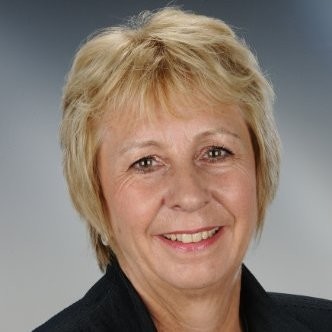Dec 2
2020
Delivering On Physicians’ Clinical Practice Needs In A Remote World

By Jayne Marks, vice president of global publishing, Wolters Kluwer, Health Learning, Research and Practice
While COVID-19 is at the forefront of physicians’ minds and taking up much of their learning, they must still find ways to stay current on their own specialties and ensure they are using the best available evidence and latest clinical guidelines to inform their practice.
One of the most trusted sources clinicians rely on to stay up to date is their professional medical society resources, foremost their specialty journal and annual meeting where critical practice updates are shared. In a Wolters Kluwer Physician Needs Assessment survey of nearly 1,600 US physicians conducted earlier in 2020 prior to the pandemic’s worldwide spread, the majority of physicians indicated that they would obtain health care information, resources or continuing medical education (CME) through medical societies – 78% said they would read peer-reviewed journals and 64% said they would attend annual meetings.
However, many annual meetings hosted by medical societies were cancelled in 2020 because of the safety risks associated with coronavirus and they may not revert to in-person formats in the near-future. In the absence of annual meetings and other gatherings to exchange research and ideas, physicians need other ways to stay current.
Understanding physician needs
For physicians looking to stay current in their specialty, there are three key needs:
- Access to current information and evidence of the moment – “Staying current with new clinical trends/techniques” was among the top professional challenges identified by respondents to the Physician Needs Assessment survey.
- Opportunities for continuing medical education – 31% of survey respondents indicated time or financial cost of maintenance of certification (MOC) as one of the top three professional challenges they will face over the next three years.
- Ability to connect with peers – 50% of physicians surveyed identified “talking with a colleague who you know” as one of the top three sources for obtaining healthcare information.
Without these meetings, how will physicians get what they need?
Virtual tools: the new normal for time-pressed physicians
In today’s environment, the annual conference must be reimagined with the use of virtual tools. While this will be a significant shift, technology can provide significant advantages for both physicians and medical societies including new opportunities for engagement and information sharing.
The response to virtual conferences in 2020 has been very positive, and there are key learnings from the experience that can be applied to the redesign of how physicians will stay current in the future.
- The opportunity to view sessions in their own time allows physicians to fit learning into their schedule, and barriers like the need for travel and lodging expenses are eliminated.
- Thoughtful digital content management practices make it easy for physicians to find and access relevant content when and how they want it virtually.
- With respect to networking, there has been success with virtual chat and discussion functions as well as virtual exhibit halls that can be built upon.
While the coronavirus pandemic has created significant disruption, it has also accelerated innovation. One positive result is the empowering of time-pressed physicians to more conveniently access information when, where and how they want.